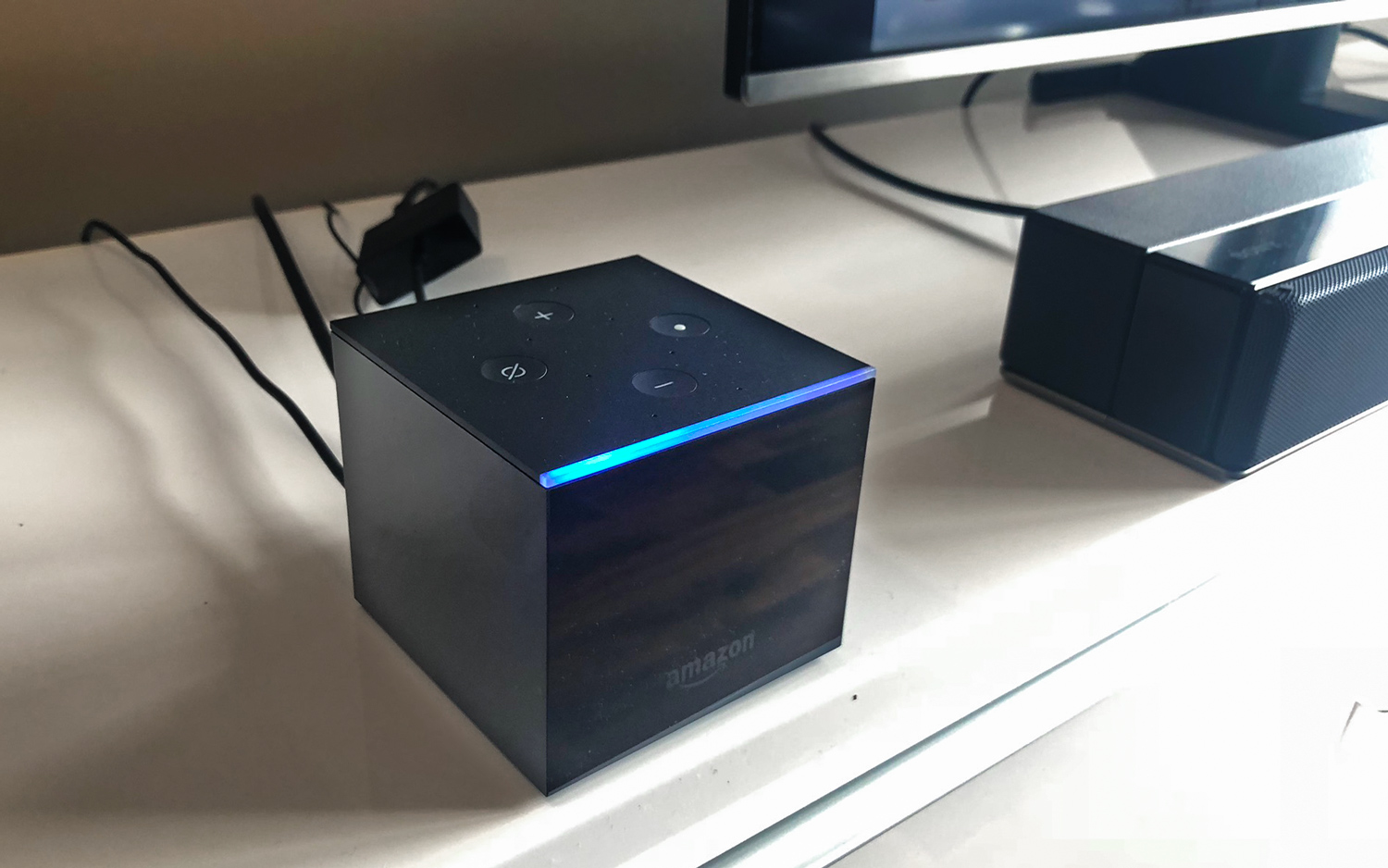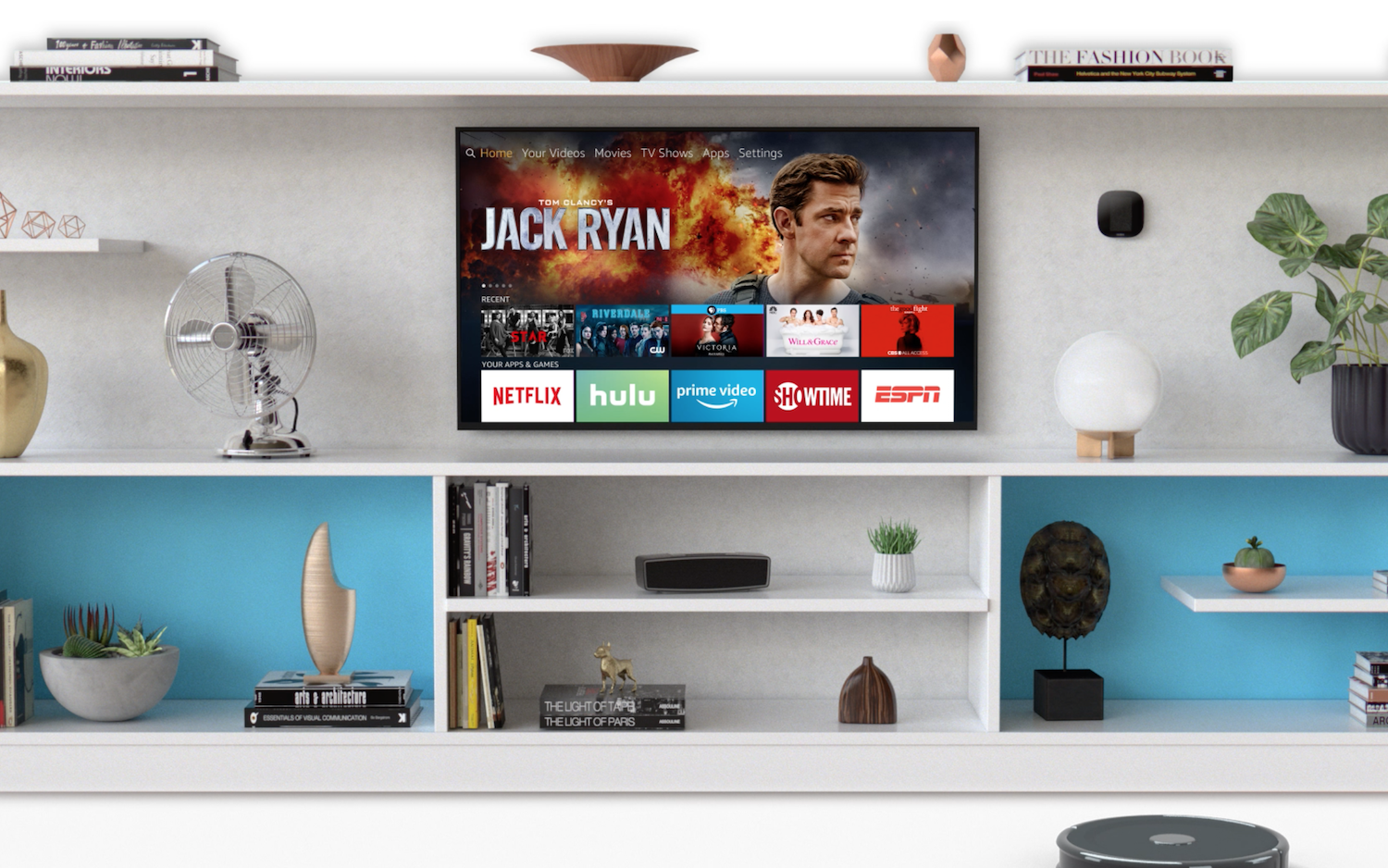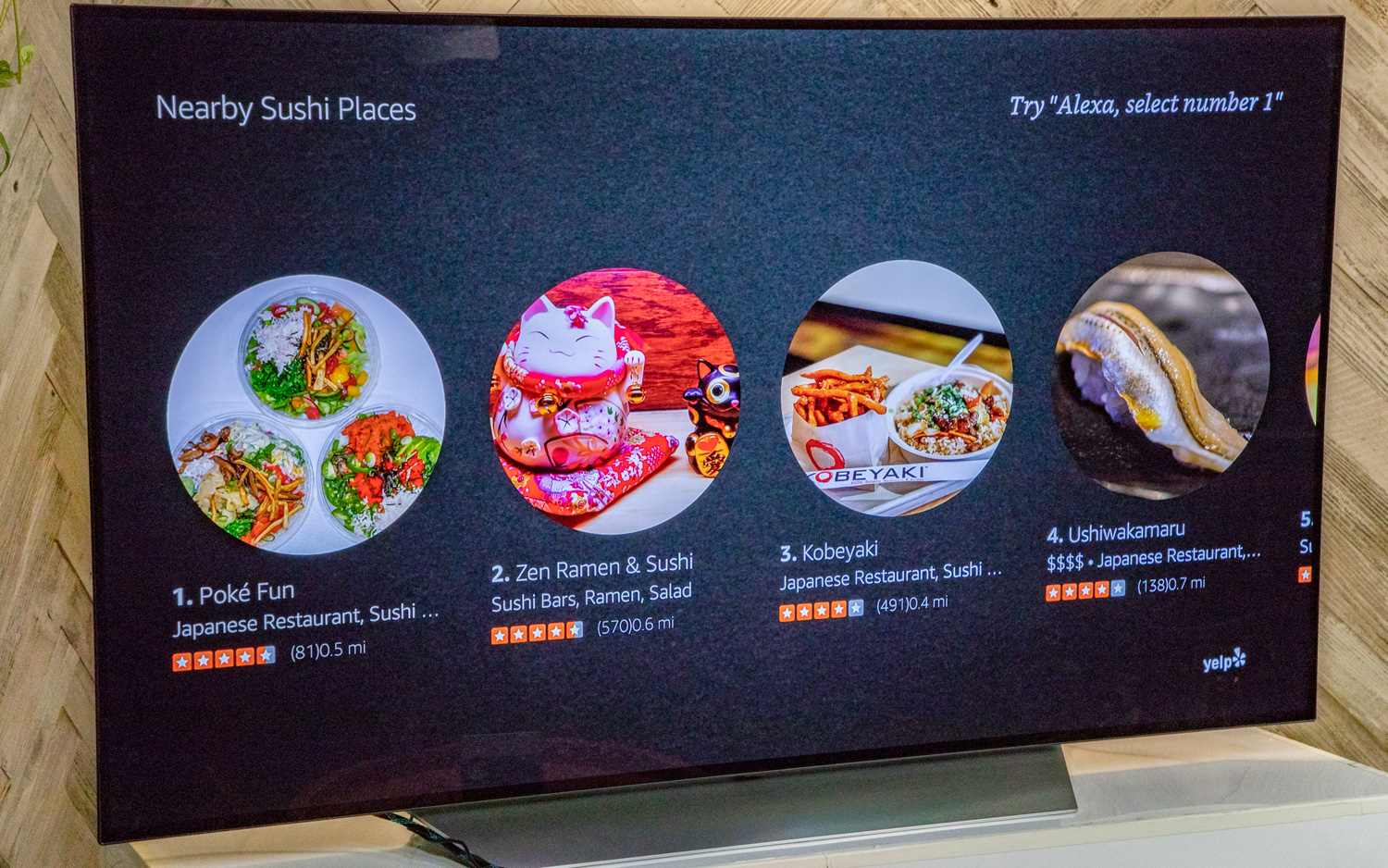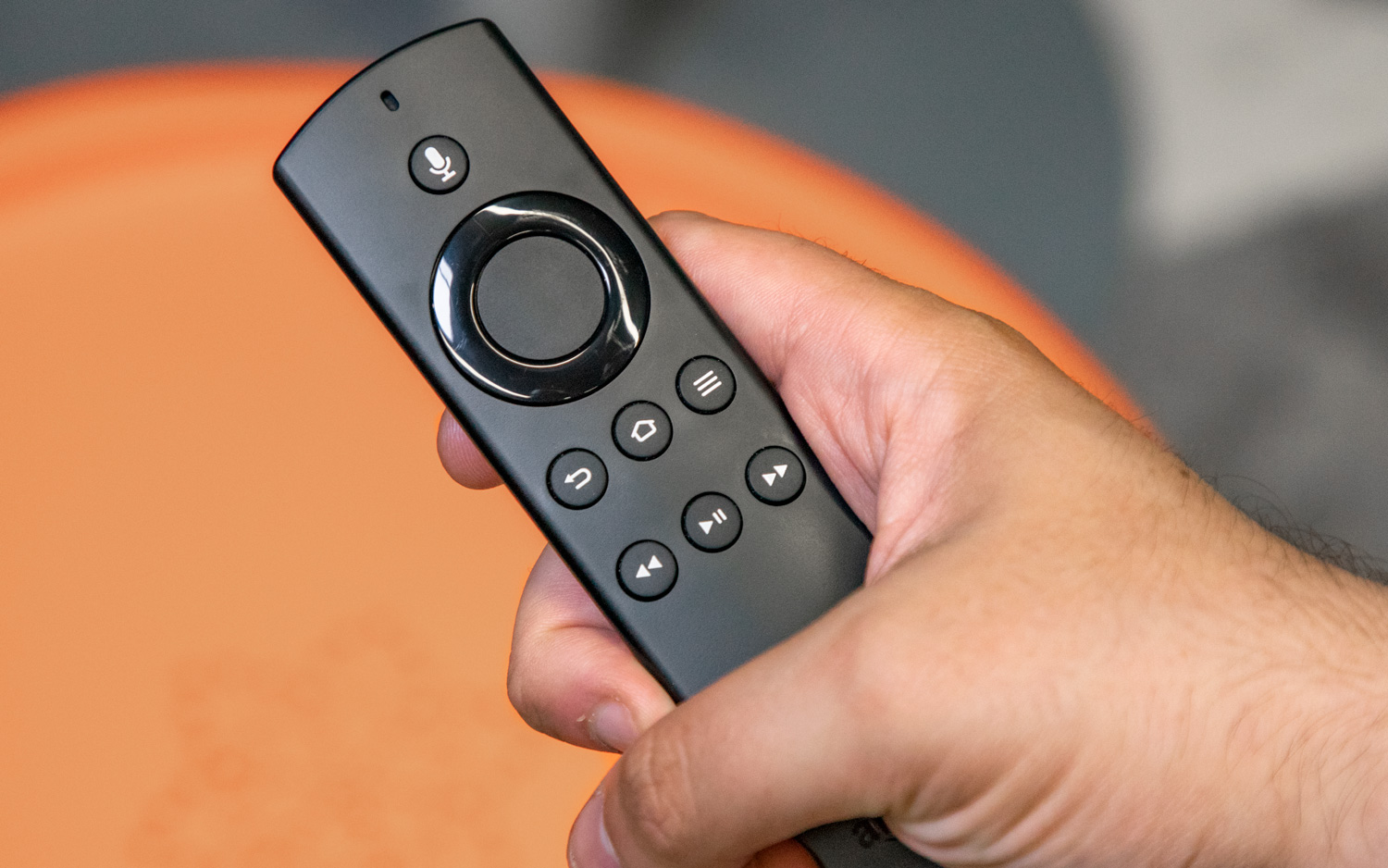Amazon Fire TV Cube vs. Fire TV Stick vs. Fire TV Stick 4K: What Should You Buy?
Amazon Fire TV devices continue to sell thanks to their abundance of access to Amazon content and Amazon’s frequent sale pricing. But when there are four different models — and three are all Fire Sticks — it can get confusing to figure out which you should buy.
There are four distinct Amazon Fire TV devices, starting with the 1080p Amazon Fire TV Stick and the new Fire TV Stick Lite — which have very slight differences, mostly found in their remotes. Check out our Fire TV Stick vs Fire TV Stick Lite comparison for the major differences if you’re looking for something cheap.
Then, the pricier Amazon Fire TV Stick 4K and Amazon Fire TV Cube differ in greater ways, even though both offer UHD streaming. All of these devices now offer the same Fire TV OS, thanks to an update that took its sweet time to roll out.
With a Fire TV device, you can access almost all of your favorite apps, like Netflix and Hulu.
We at Tom’s Guide have tested and reviewed all of these Fire TV devices (including the newly-updated Fire TV Stick 2020), and while one is arguably the best for the buck, they’re all at least worth considering — especially for dedicated Amazon Prime subscribers.
In terms of content (not to be confused with streaming quality), the Fire Sticks and Cube all offer the same programming and apps. And since budgets are getting tighter and we’re all looking for more to stream, Amazon recently added a Free tab to the top of the Fire TV interface, that collects stuff you don’t need to pay to watch.
An Amazon Fire TV Stick or Cube can be a tremendously useful investment, especially if you’re stuck inside for an extended period of time. Not only can you watch TV and movies from Amazon, but you can also download a variety of other streaming apps, control your smart home with Alexa functionality and perhaps even enjoy a few decent games.
With the new Fire TV OS, you can set up personal profiles so that your watchlist doesn’t get mixed up with your kids’ favorite shows.
Here’s how the Amazon Fire Cube vs. Fire Stick (in both of its configurations) shakes out:
Fire Cube vs. Fire Stick: Size and design
One of the biggest differences among the devices is how they look (at least between the Sticks and Cube). The Fire TV Stick is the smallest of the bunch: a small black rectangle measuring 3.3 x 1.0 inches — and the Fire TV Stick Lite is just a little larger, at 3.4 x 1.2 inches.
The Fire TV Stick 4K keeps the same general design, but is a bit bigger, at 3.9 x 1.2 inches. To master Amazon’s cheapest Fire TV streamer, check out our guide for how to use the Fire Stick.
As the name suggests, the Fire TV Cube features a different appearance entirely: a 3.4-inch square box. All four require constant connection to a wall outlet; your TV cannot supply sufficient power for even the tiny Fire TV Stick through its USB ports.

While all four products are relatively small, it’s worth considering how much space you have around your TV. If you have lots of room, a Fire TV Cube will fit just fine; if not, one of the dongles will have to suffice.

Finally, only the Fire TV Cube supports Ethernet connections out of the box. You can buy an Ethernet adapter for either the Fire TV Stick or the Fire TV Stick 4K, but it’s a bit of a daisy chain. Just keep that in mind if your Wi-Fi isn’t strong enough for 4K streaming (about 25 Mbps down).
Fire Cube vs. Fire Stick: 4K and HDR
Simply put: The Fire TV Cube and Fire TV Stick 4K support 4K resolutions and HDR protocols. The Fire TV Stick does not. If you have a TV that maxes out at 1080p, the standard Fire TV Stick is fine; otherwise, you’ll definitely want one of the other two devices.

Both the Fire TV Stick 4K and the Fire TV Cube support 4K resolution and the HDR 10 and Dolby Vision protocols, which provide a much richer color gamut. Previously, this functionality was available only in the Fire TV Stick 4K, but a newer version of the Fire TV Cube has corrected the oversight.
Fire Cube vs. Fire Stick: Alexa integration
Like just about every Amazon gadget on the market lately, all three Fire TV Sticks feature full Alexa integration. This means that you can check the weather, manage your shopping list, look up sports scores, research traffic conditions and create impromptu playlists using only your voice. All four Fire TV models come with voice remotes, so you can start using Alexa as soon as the setup is complete.

However, the Fire TV Cube handles these features just a little bit better than its dongle counterparts. That’s because in addition to being a streaming device, the Fire TV Cube is also a full-fledged Alexa speaker. That means that you can speak to it and give it commands without having to hold down a button on the remote.
Furthermore — and this is a bigger deal for people with smart-home gadgetry — that means that the Fire TV Cube can also control your lights, thermostats and other IoT devices right out of the box. The Fire TV Stick and Fire TV Stick 4K can also do this, but you have to first connect them with an Amazon Echo speaker.
Briefly, then: If you want an Alexa-enabled speaker and a streaming device, but have neither, the Fire TV Cube is your simplest solution. If you already have an Echo speaker, or don’t want one, one of the Fire TV Stick variants will be fine.
Fire Cube vs. Fire Stick: Remote controls
If you want a fancy remote control, you’re going to have to pay extra for it. The standard Amazon Fire TV Stick comes with a voice remote, but that’s about the most innovative thing about it. (Old-timers may remember that when it first came out, the Fire TV Stick didn’t have a microphone at all.) Otherwise, all it’s got is the standard array of d-pad, confirm, play/pause, rewind, fast-forward, home, back and options buttons.

The Fire TV Stick Lite remote drops the TV controls for power and volume, so you might not want that device if you’re trying to cut down on clutter.
Both the Fire TV Stick 4K and the Fire TV Cube come with Amazon’s upgraded Alexa remote. (Don’t let the name confuse you; you can still use Alexa features with the regular voice remote.) This remote features four important buttons missing from the basic voice remote: power, volume up, volume down and mute. The Alexa remote syncs automatically with your TV, and you can use it to control the whole TV set — not just the Fire TV player.
While you could buy the Alexa remote for $30 on its own, considering that the Fire TV Stick costs $40 and the Fire TV Stick 4K $50, it’s a much smarter idea to just buy the 4K stick if the remote is a big deal to you. In my own tests, I found it pretty useful.
Fire Cube vs. Fire Stick: Price and value
As stated above, the Amazon Fire TV Stick Lite is the cheapest of the bunch at $30, followed by the $40 Fire TV Stick, the Fire TV Stick 4K at $50 and the Fire TV Cube at $120.
To put it bluntly, there is almost no reason why anyone should invest in the Fire TV Stick, when the 4K variant is only $10 more and comes with a much better remote control. Not only will you be future-proofing your purchase, but you’ll also have a better peripheral right off the bat.
The Fire TV Cube, on the other hand, is a bit expensive unless you specifically want Echo-like speaker functionality. If you have a smart-home setup, or want your very own digital assistant built into a versatile streaming box, the Fire TV Cube makes sense. But that’s probably a limited market, especially since I imagine a lot of Amazon aficionados already have an Echo speaker, or something similar that can respond to Alexa commands.
In the battle of Fire Stick 4K vs. Fire Stick vs. Fire TV Cube, the $50 Amazon Fire TV Stick 4K represents the sensible midpoint that should work best for most viewers. It has the best balance of price and functionality.
For all the latest Technology News Click Here
For the latest news and updates, follow us on Google News.
